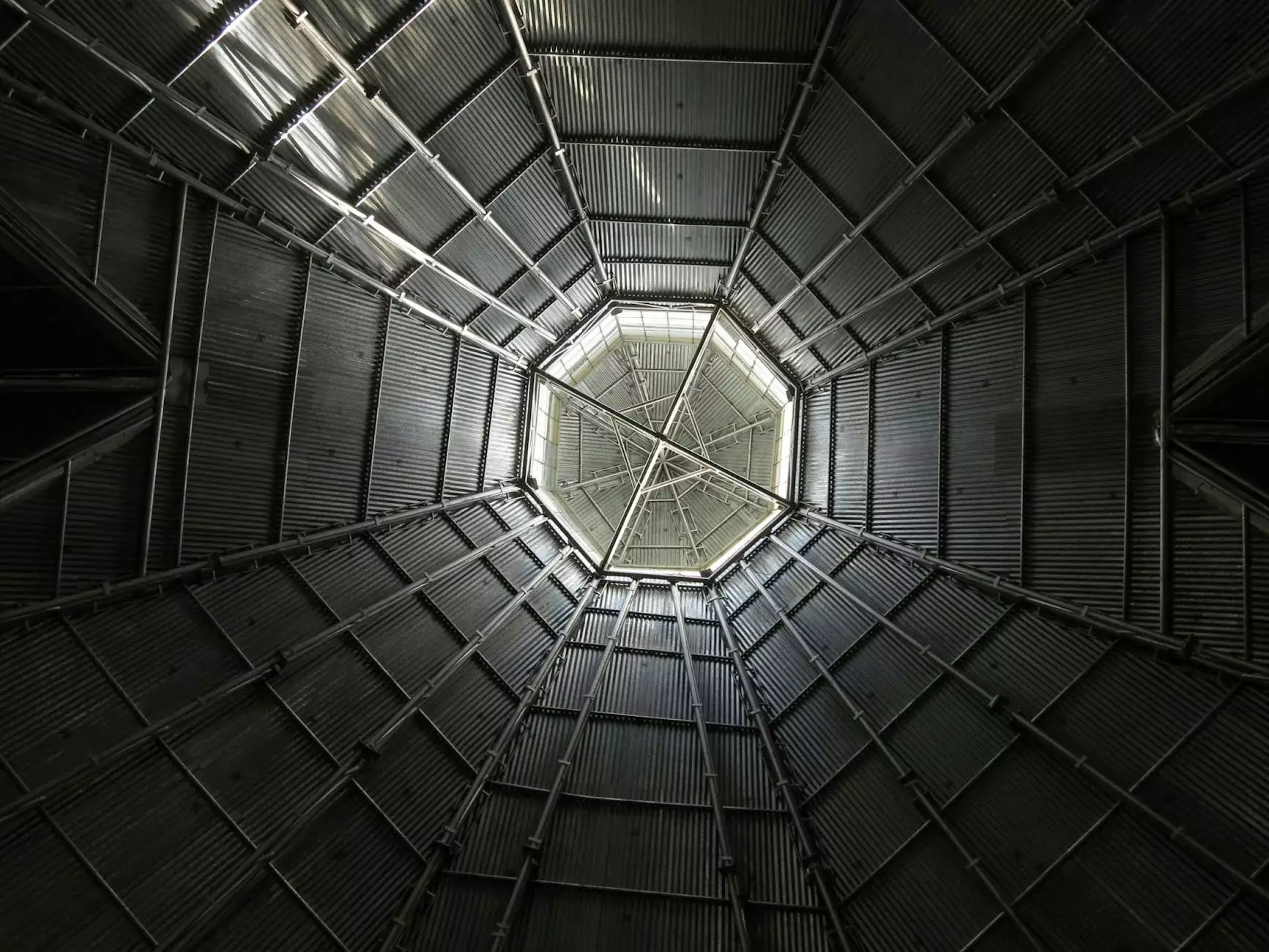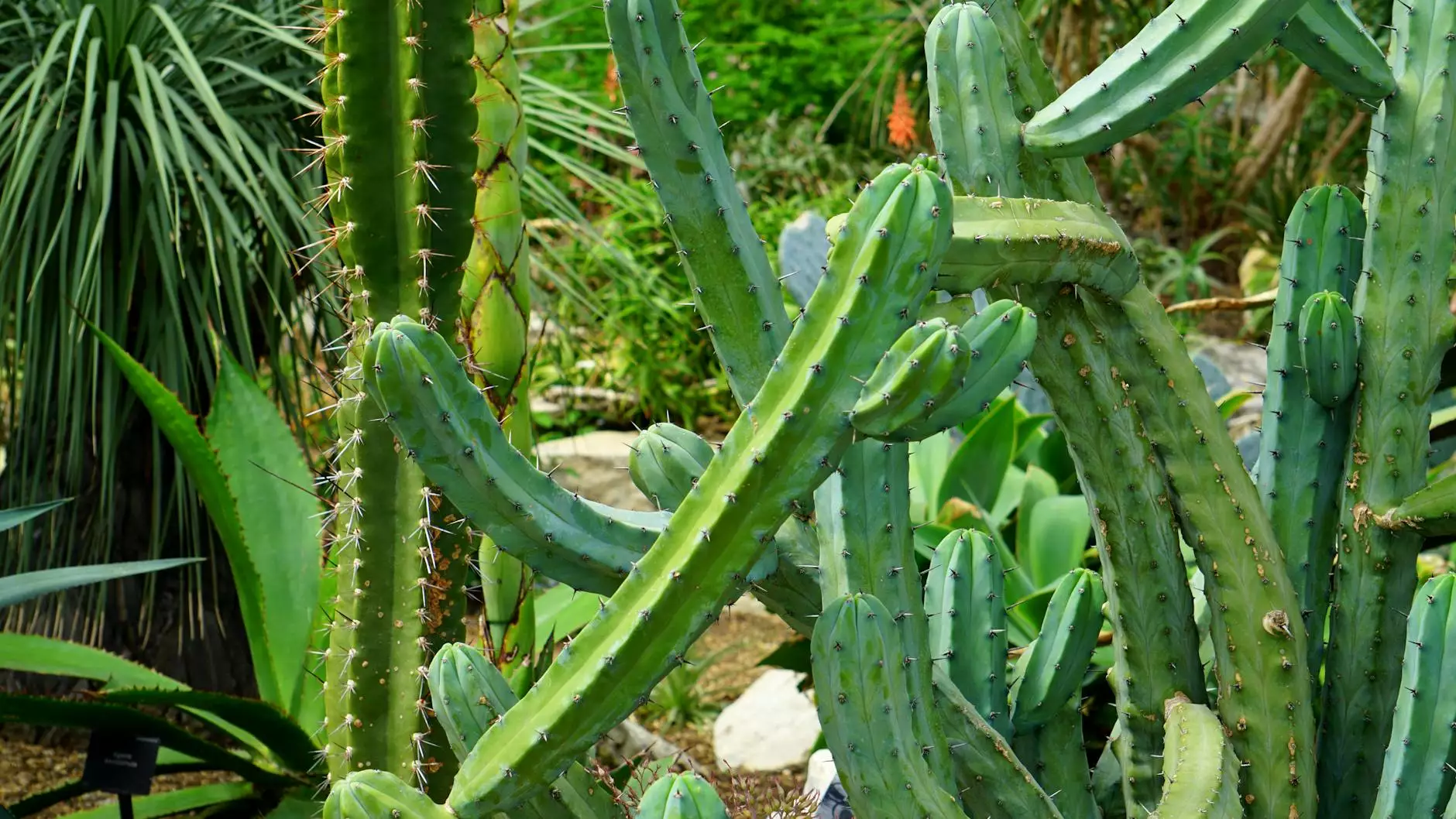Tihar Festival in Nepal: A Celebration of Lights and Love

The Tihar festival in Nepal, also known as Deepawali, is one of the most enchanting and significant festivals celebrated by Nepalese people. This five-day festival occurs in the months of October or November, coinciding with the height of autumn, and symbolizes the triumph of light over darkness. Each day of Tihar is dedicated to different animals, deities, and the love and affection shared within families, making this festival a unique blend of cultural and spiritual expressions.
The Essence of Tihar
The essence of Tihar lies in its vibrant traditions and rituals that celebrate not only human relationships but also the bond between humans and animals. It is a time when families come together, decorations sparkle, and joy fills the air. Let’s delve deeper into each of the five days that make up this glorious festival:
Day 1: Kaag Tihar (Crow Day)
The first day of Tihar is dedicated to crows, which are believed to convey messages from the departed souls. On this day, families offer food to crows to ensure that the souls of their ancestors receive blessings. The act strengthens familial bonds, reminding everyone of their roots and those who have passed. Offering food to these birds is also a symbolic gesture of respect and gratitude.
Day 2: Kukur Tihar (Dog Day)
The second day honors dogs, seen as faithful companions and protectors. On Kukur Tihar, dogs are adorned with garlands, given delicious food, and worshipped. This day emphasizes the idea of loyalty and companionship, showcasing the integral role dogs play in human lives. It’s a heartwarming sight to see families acknowledging their furry friends with love and respect.
Day 3: Gai Tihar and Laxmi Puja (Cow Day and Worship of Goddess Laxmi)
The third day is one of the most important: Gai Tihar and Laxmi Puja. Cows, considered sacred in Hindu culture, are worshiped and adorned with garlands. This day also marks the worship of Goddess Laxmi, the goddess of wealth and prosperity. Homes are cleaned and decorated with colorful lights and mandalas to invite her blessings, ensuring that the year ahead will be filled with abundance.
Day 4: Govardhan Puja (Worship of the Govardhan Hill)
The fourth day celebrates Govardhan Puja, which honors Lord Krishna's act of lifting the Govardhan Hill to protect villagers from torrential rains. On this day, families create a miniature mount of cow dung symbolizing Govardhan Hill and perform rituals. This day not only celebrates agricultural abundance but also signifies the importance of nature and the environment, urging people to protect it.
Day 5: Bhai Tika (Brother's Day)
The festival culminates with Bhai Tika, a day where sisters pray for the long life and prosperity of their brothers. Sisters perform Tika (a ceremonial mark) on their brothers' foreheads using a mixture of colored powders and offer them gifts. In return, brothers vow to protect their sisters and express their love and gratitude. This day beautifully encapsulates the sentiment of family bonds, love, and affection.
The Cultural Impact of Tihar
Tihar is not just a festival; it is a cultural phenomenon that impacts various facets of life in Nepal, including tourism, business, and community interactions. As one of the most visually stunning and widely celebrated festivals in the region, it attracts tourists eager to experience its vibrant celebrations firsthand.
Tourism and Business Opportunities During Tihar
The festival serves as a peak time for tourism in Nepal. Many travel agencies, including Himalayan Dream, offer special packages to immerse visitors in the celebrations. These packages might include:
- Guided Tours: Visitors can join guided tours to witness traditional Tihar festivities in local communities.
- Cultural Experiences: Travelers can participate in cooking classes or cultural workshops that showcase Tihar traditions.
- Accommodation Packages: Many hotels offer festive deals, making it easy for tourists to find a comfortable place to stay.
Unique Tihar Traditions That Attract Tourists
The following are unique traditions of Tihar that intrigue tourists and travelers:
Decorative Rangoli
During Tihar, homes are adorned with beautiful Rangoli designs, intricate patterns made with colored powders, rice, and flowers. This lively art form not only beautifies the entrance of homes but symbolizes hospitality, inviting prosperity and joy.
Feasting and Sharing Cuisine
Food plays a pivotal role during Tihar. Families prepare delicious traditional dishes, and sharing these meals enhances social bonds. Tourists often indulge in local cuisines, discovering flavors unique to the Nepalese palette.
Celebration with Lights
Lighting up homes with oil lamps, candles, and decorative lights during Tihar creates a magical atmosphere that draws tourists. The twinkling lights symbolize the triumph of light over darkness, making the night sky a mesmerizing spectacle.
Conclusion: The Significance of Tihar Festival in Today's Nepal
The Tihar festival in Nepal is a beautiful blend of spirituality, culture, and family love. As it continues to thrive in the modern world, it also opens doors to new opportunities for local businesses and tourism. Festivals like Tihar underscore the importance of cultural heritage while promoting community and economic growth.
For travel enthusiasts and businesses alike, immersing in Tihar's celebrations offers a unique glimpse into the heart of Nepalese culture. Whether you’re a local or a visitor, participating in Tihar is an experience you will cherish—a testament to the universal values of love, gratitude, and connection.
Plan Your Tihar Experience with Himalayan Dream
As Tihar approaches, consider exploring the unique offerings at Himalayan Dream, where you'll find specially curated travel packages that allow you to experience this extraordinary festival. Join us in celebrating Tihar and making unforgettable memories!









